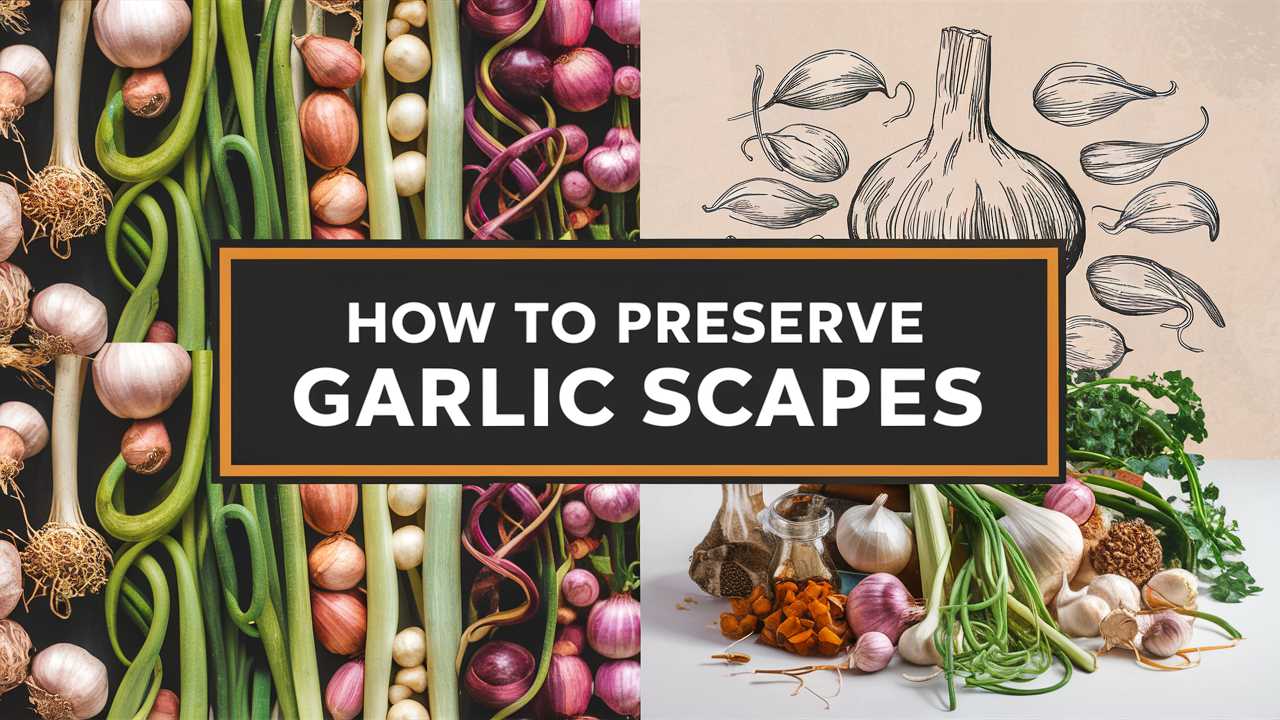In this extensive guide, we’ll explore the many ways to preserve garlic scapes, from freezing and pickling to creating garlic scape pesto. Each method offers a unique way to keep these tender shoots available in your kitchen all year round.
The Importance of Preservation
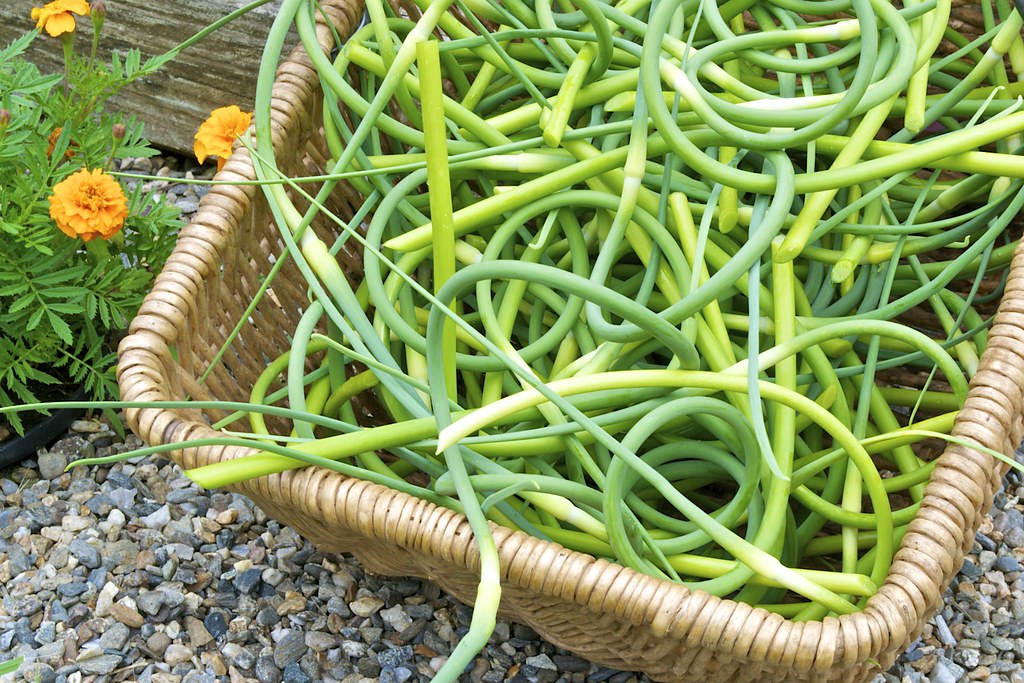
Preserving garlic scapes is not just about storing food; it’s about making the most of your harvest. When you take the time to preserve this delicacy, you extend its availability and reduce food waste, all while enriching your culinary repertoire. Each preservation method brings out a different facet of garlic scapes’ character, helping you to enjoy their unique flavor and health benefits long after the growing season has ended.
Connecting with Seasons: The Cultivation Calendar
Understanding when garlic scapes are in season can help you plan their preservation. Usually appearing between late May and late June, it’s crucial to harvest them at the right time. Scapes should be tender and vibrant green, which ensures the best flavor and texture for preservation.
When you look at your calendar, appreciate the fleeting window when you can harvest these delightful vegetables and plan for their bounty. It can also be rewarding to connect with local farmers, ensuring you only harvest or purchase the freshest possible scapes.
Freezing Garlic Scapes: A Simple Yet Effective Method
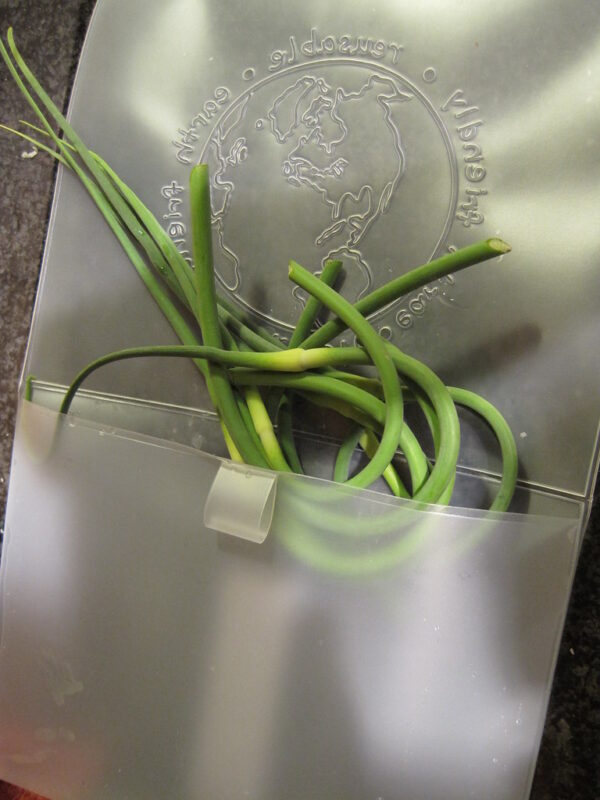
One of the easiest and most effective ways to preserve garlic scapes is freezing. This method retains the flavor and nutrients while allowing for quick access in the off-season.
Step-by-Step Freezing Instructions
Preparation: Start by washing the scapes thoroughly to remove any dirt or sand. Trim the ends off and cut them into manageable pieces—about 1–2 inches long works well.
Blanching: Blanching scapes is a crucial step that helps preserve color and texture. Boil a pot of water and add the scapes for about 2 minutes, then quickly transfer them to an ice bath to halt the cooking process.
Draining and Drying: Once cooled, drain the scapes well and spread them out on a clean kitchen towel or paper towels to eliminate excess moisture.
Freezing: Place the scapes in a single layer on a baking sheet and freeze them for a couple of hours until they’re solid. Once frozen, transfer them to freezer bags, removing as much air as possible to prevent freezer burn.
Labeling: Don’t forget to label your bags with the date. Frozen scapes can be stored for about 6-8 months, maintaining their quality.
Culinary Uses for Frozen Garlic Scapes
Frozen garlic scapes can be easily incorporated into a variety of dishes. Toss them into a stir-fry, throw them into a soup, or blend them into smoothies for a nutritional boost. Their flavor enhances savory dishes while adding a subtle garlicky note. Think of your future self during those cold winter months, and imagine how satisfying it will be to pull out a bag of scapes and remember the sunny days of summer.
Pickling Garlic Scapes: A Zesty Alternative
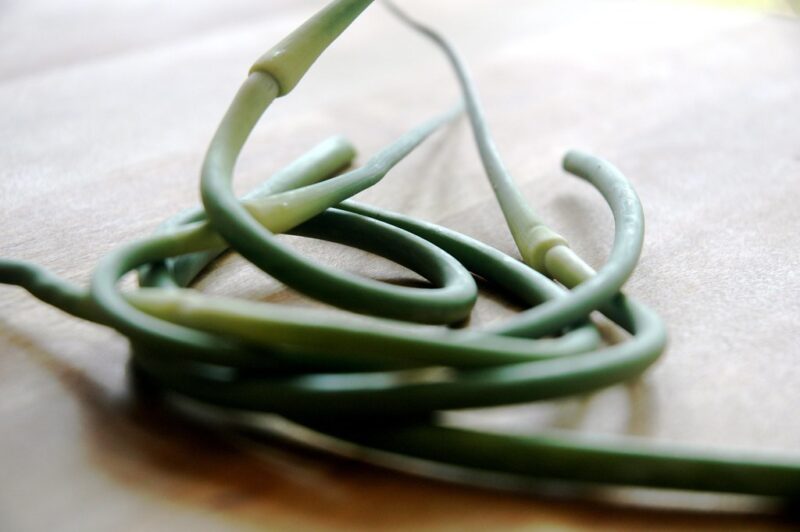
If you’ve ever enjoyed the briny lust of pickled vegetables, picking garlic scapes can be a delightful endeavor. This method transforms their crisp texture and earthy flavor into a tangy treat that complements a variety of dishes.
A Basic Pickling Recipe
Ingredients: You will need garlic scapes, distilled white vinegar, water, salt, sugar, and your choice of spices—try mustard seeds, dill, or red pepper flakes for a kick.
Prep the Scapes: Clean the scapes as previously mentioned, cutting them to fit your jars.
Prepare the Brine: In a saucepan, combine equal parts vinegar and water, adding salt and sugar to taste along with your selected spices. Bring it to a boil, stirring until dissolved.
Jarring: Place the garlic scapes in clean glass jars, packing them tightly. Pour the hot brine over the scapes, ensuring they’re fully submerged.
Cooling and Storing: Allow the jars to cool to room temperature before sealing them. Store them in the refrigerator for about two weeks before consuming. For longer storage, consider canning them.
Using Pickled Garlic Scapes
Pickled garlic scapes are incredibly versatile. Chop them into salads, use them in pasta dishes, or serve them on a charcuterie board for a unique touch. The tanginess complements rich meats and cheese, adding a delightful contrast that enhances every bite.
Garlic Scape Pesto: A Vibrant Green Condiment
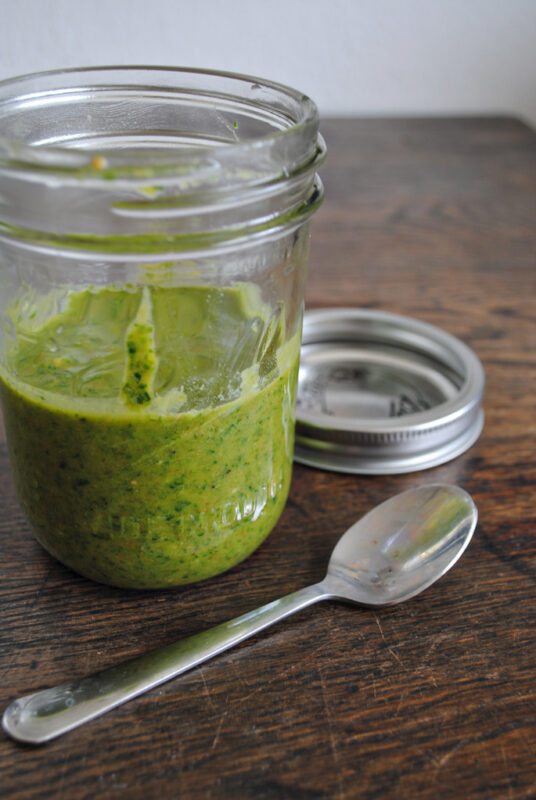
Making pesto out of garlic scapes is a fantastic way to preserve their flavor while incorporating other seasonal ingredients. The rich, nutty taste pairs beautifully with pasta, sandwiches, or as a dip for vegetables.
Crafting Your Perfect Pesto
Essential Ingredients: You will need chopped garlic scapes, nuts (pine nuts, walnuts, or almonds work well), Parmesan cheese, olive oil, salt, and pepper.
The Process: In a food processor, blend the scapes with nuts until finely chopped. Add cheese, salt, and pepper, and slowly drizzle in olive oil while processing until it reaches your desired consistency.
Storage: You can store the pesto in an airtight container in the refrigerator for about a week. For long-term storage, freeze it in ice cube trays, transferring the cubes to a labeled freezer bag once solid.
Creative Uses for Garlic Scape Pesto
The uses for garlic scape pesto are virtually limitless. Toss it with your favorite pasta, drizzle it over grilled vegetables, or use it as a spread on sandwiches or bruschetta. You could even experiment with marinating meats or mixing it into dressings for a flavor boost. The vibrant green color adds an aesthetic appeal, making your dishes not just delicious but also visually stunning.
Dehydrating Garlic Scapes: A Concentrated Flavor
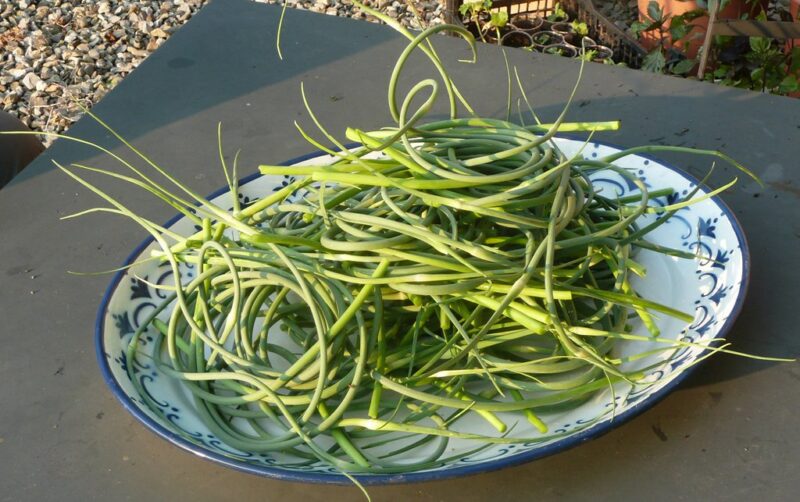
Another preservation method is dehydration, which removes moisture while concentrating flavors. Dehydrated garlic scapes can be ground into a powder or rehydrated for culinary uses.
Dehydration Process
Preparation: As before, clean the scapes and chop them into smaller segments.
Air Drying or Using Dehydrator: If you have a dehydrator, arrange the chopped scapes on the trays and set the temperature to around 125°F (52°C). If not, you can air dry them in a dark, warm place, although this may take longer.
Storage: Once completely dried, store them in airtight containers, away from light. Ideally, moisture should be minimal to prolong their shelf life.
Culinary Applications for Dehydrated Scapes
Dehydrated garlic scapes can be added to soups, stews, or rehydrated in warm water for seasoning dishes. You can create a flavorful garlic scape powder to sprinkle over popcorn, use it as a seasoning for meats, or blend it into homemade bread or pizza dough for a unique twist.
The Art of Crafting Garlic Scape Oils
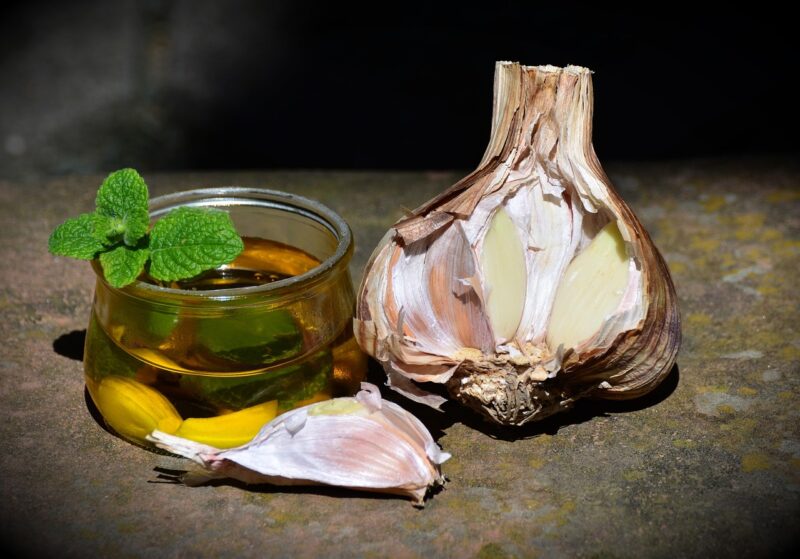
Infusing oils with garlic scapes creates a luxurious, aromatic product that can enhance many dishes. This flavorful infusion provides a unique touch to salad dressings, marinades, or drizzling over roasted vegetables.
Infusion Process
Selecting the Base: Choose a high-quality oil—olive oil or avocado oil work beautifully.
Preparation: Clean and chop the garlic scapes, then place them in a jar. Pour the oil over the scapes, ensuring they’re fully submerged.
Infusing: Seal the jar and place it in a cool, dark area to infuse for 1-2 weeks. You can shake the jar occasionally to encourage the infusion process.
Straining: After the infusion period, strain out the scapes using a fine mesh strainer or cheesecloth. Store the oil in a clean, sterilized bottle.
Using Garlic Scape Oil
Garlic scape oil is versatile. Drizzle it over grilled seafood, toss it into pasta, or use it as a base for salad dressings. A splash of this aromatic oil can turn any ordinary dish into something truly special. It’s all about welcoming that touch of summer flavor into your winter meals.
Concluding Thoughts: Embracing the Garlic Scape Journey
As you embark on the journey of preserving garlic scapes, keep in mind that every method offers something unique, whether it’s the vibrant flavor of pesto or the tangy excitement of pickles. Each preservation technique not only extends the garlic scape season but opens doors for culinary creativity.


